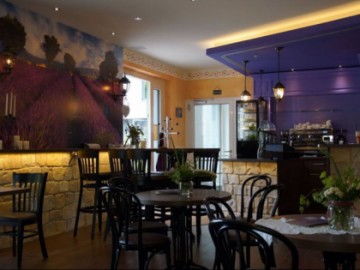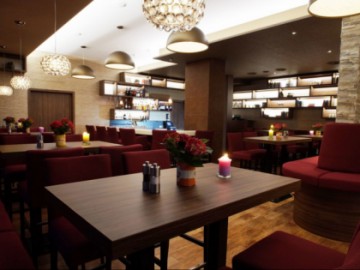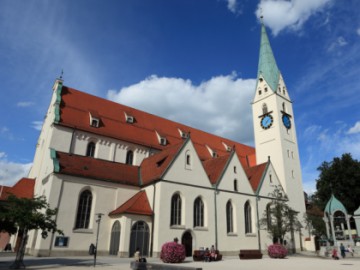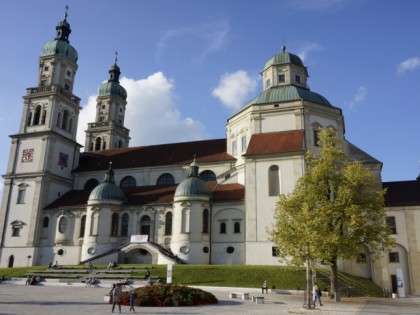Kempten Abbey and Basilica of St. Lawrence: Splendor of the Baroque Style and Magnificence of the Rococo Style
Kempten Abbey was founded in around 700 AD. The initiators of its construction were the two monks from the Monastery of St. Gallen. Hildegarde, the wife of Charles the Great, King of the Franks provided financial support to the Abbey. Thanks to this, the monastery became one of the privileged in the Frankish Empire. In the middle of the XVI century it was granted imperial status.
The abbey was destroyed During the Thirty Years’ War, in 1632. Later, it was rebuilt and made a residence. The state rooms, decorated with incredible Rococo style luxury, the Prince's Hall (Fürstensaal) and the hall for official receptions (Prunkräume) were preserved in it.
The Basilica of St. Lawrence was built together with the abbey. It is adjacent to the monastery, and, in fact, is part of it. Its construction began in 1652, but was consecrated only in 1748. The two church bell towers, decorated with a clock, were added to the church in the twentieth century. The rich decoration in the Baroque style inside attracts attention. The magnificent altar made of pink marble especially stands out among other features. The church is surrounded by a nice park.
Kempten Abbey is also known as the place where the last witchcraft trial in Europe- the trial of Anna Maria Schwägelin- was held. In 1775, she was sentenced to be executed for witchcraft. But her execution was never carried out and she died a natural death in 1781.






































